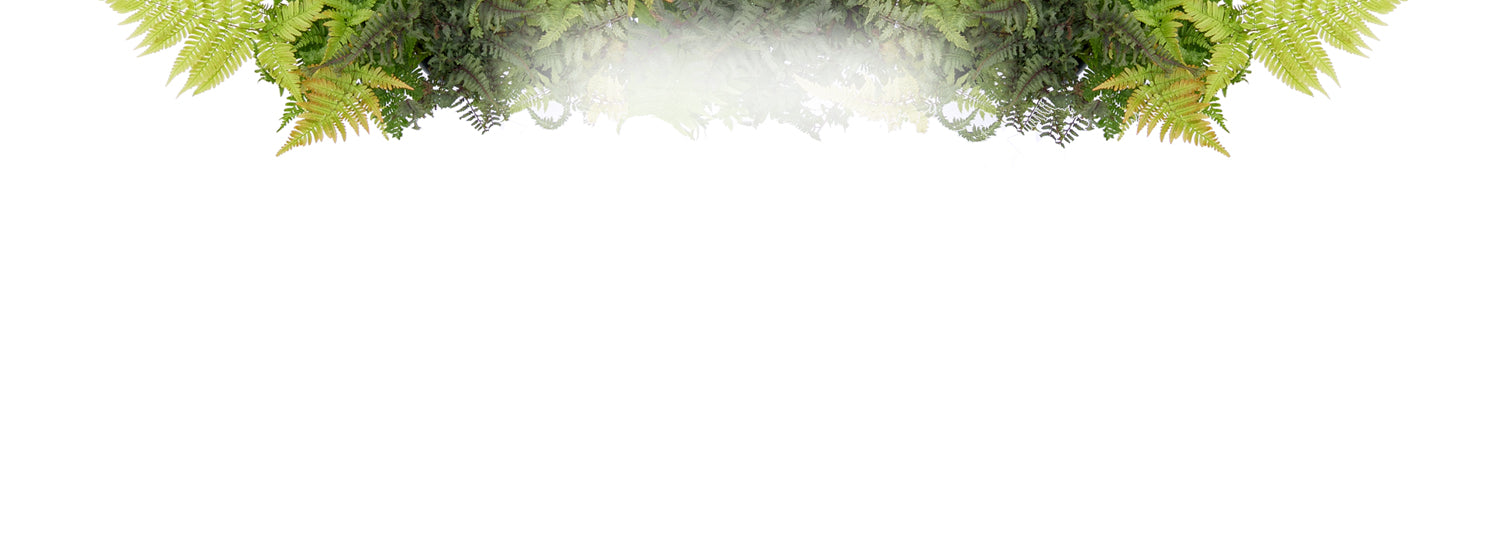Description
Plant spacing is based on the ultimate width of the plants. This figure is normally given as a range; for example, 3-5’. If you live in a cold climate and/or want plants to fill in more quickly, plan to space at the shorter end of the range. If you live in a warm climate, are on a limited budget, or are willing to wait longer for plants to touch, use the higher end of the range. Using the larger number is recommended when calculating distance from a building or structure. There’s really no such thing as "maximum spacing": if you don’t want your plants to touch, you can space them as far apart as you’d like. All plant spacing is calculated on center, or in other words, the centers of the plants are spaced one half of their eventual width apart:

Unless you are planting in a straight line, as you might for hedges or edging, space your plants in a staggered or zig-zag pattern for a more interesting and naturalistic look:

Hand-picked at our greenhouse
Shipped to your door
Arrives as young plant
Hardy ice plant is a flowering ground cover with glossy, succulent foliage and colorful frilled flowers. It thrives in poor soils, isn’t bothered by deer, requires no pruning, and goes without constant watering. Here, we’ll show you how to grow and care for ice plants and answer frequently asked questions about this versatile ground cover.
first time customer - two plants arrived in a four plant box loose and dirt everywhere with plants in disaray. Contacted and to their credit they shipped two more free but then beyond their control the plants arrived at the UPS station near me and were returned to them as damaged apparently by UPS handling. Third shipping got them here - again two plants in a four plant box but much better packaged. Plants in the ground and fingers crossed
We will notify you on events like Low stock, Restock, Price drop or general reminders so that you don’t miss the deal



